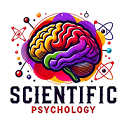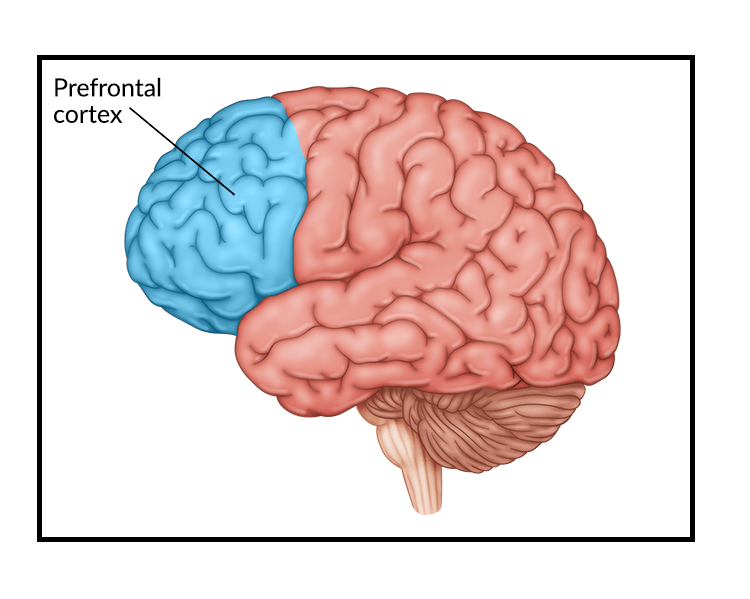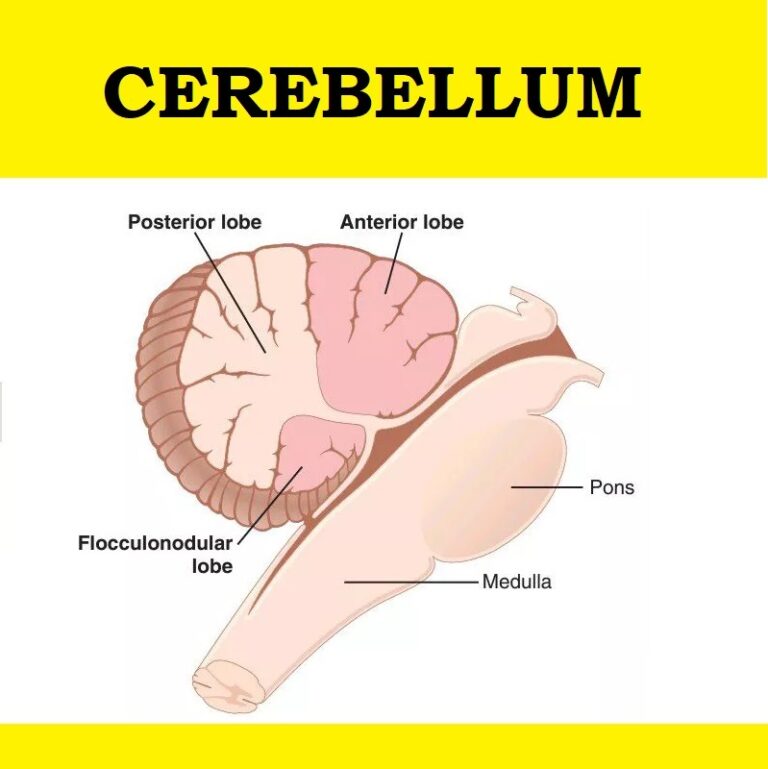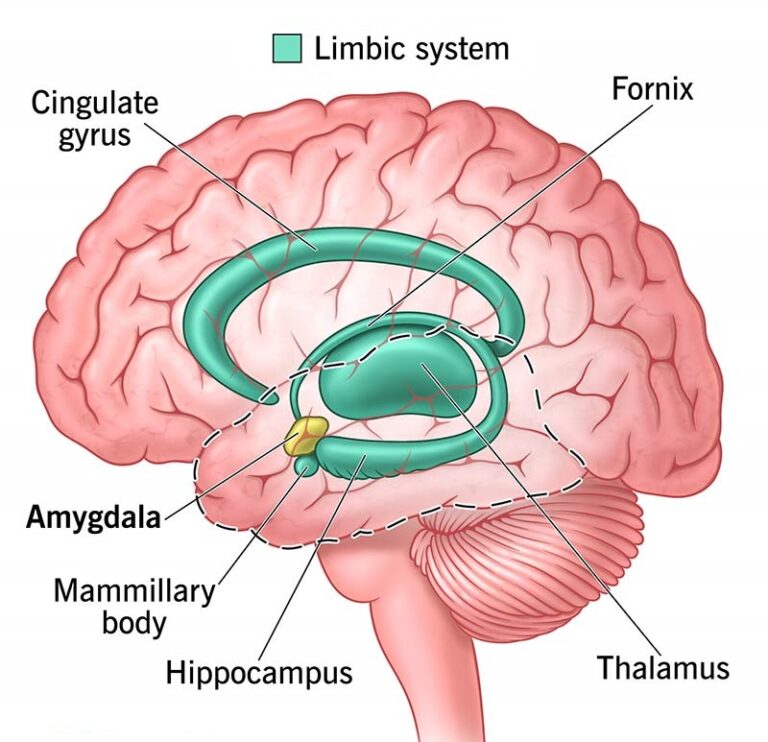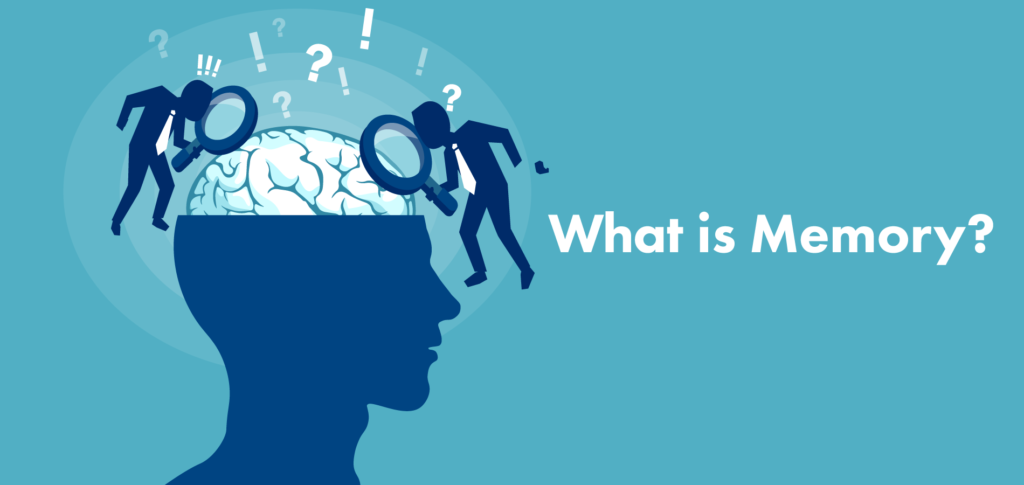
Understanding Memory and Its Theories
Memory is the fascinating cognitive process that allows us to encode, store, and retrieve information. From recalling your childhood experiences to remembering where you left your keys, memory plays a critical role in how we navigate and make sense of the world. Let’s dive into what memory is, its types, and the major theories that explain how it works.

What is Memory?
Memory refers to the brain’s ability to retain information over time for use in the present or future. It is an essential function that shapes our identity, influences our decisions, and helps us learn from past experiences.
Memory can be broken down into three stages:
- Encoding: The process of transforming sensory input into a form that can be stored.
- Storage: Maintaining the encoded information over time.
- Retrieval: Accessing stored information when needed.
Types of Memory
- Sensory Memory:
This is the initial stage of memory where sensory input (e.g., sights, sounds, smells) is stored for a very brief period, usually less than a second.- Example: The fleeting image of a street you just passed.
- Short-Term Memory (STM):
Often referred to as working memory, this is where information is temporarily held for about 20–30 seconds. It is limited in capacity (about 7 ± 2 items).- Example: Remembering a phone number long enough to dial it.
- Long-Term Memory (LTM):
This is where information is stored indefinitely. It includes:- Explicit Memory (Conscious): Facts and experiences we can consciously recall.
- Episodic Memory: Personal experiences (e.g., your last vacation).
- Semantic Memory: Facts and general knowledge (e.g., the capital of France).
- Implicit Memory (Unconscious): Skills and conditioned responses.
- Procedural Memory: How to perform tasks (e.g., riding a bike).
- Emotional Conditioning: Learned emotional responses (e.g., fear of heights).
- Explicit Memory (Conscious): Facts and experiences we can consciously recall.
Theories of Memory
1. Multi-Store Model (Atkinson and Shiffrin, 1968)
This foundational model suggests that memory consists of three distinct stores:
- Sensory Memory: Information is briefly held here.
- Short-Term Memory (STM): Information moves here through attention.
- Long-Term Memory (LTM): Rehearsal transfers information from STM to LTM.
Criticism: The model oversimplifies memory and does not account for the complexity of STM or the interaction between STM and LTM.
2. Levels of Processing Theory (Craik and Lockhart, 1972)
This theory posits that memory retention depends on the depth of processing:
- Shallow Processing: Focuses on surface features (e.g., the sound of a word).
- Deep Processing: Involves meaningful analysis (e.g., connecting a word to personal experience).
Takeaway: The deeper you process information, the better you remember it.
3. Working Memory Model (Baddeley and Hitch, 1974)
An update to the Multi-Store Model, this theory emphasizes that STM is not a single store but a dynamic system with multiple components:
- Central Executive: Directs attention and integrates information.
- Phonological Loop: Processes auditory information.
- Visuospatial Sketchpad: Handles visual and spatial data.
- Episodic Buffer: Integrates information from different stores into a coherent episode.
Practical Tip: To improve working memory, use visualization techniques for spatial data and repetition for auditory information.
4. Dual-Process Theory (Kahneman, 2011)
This theory explains memory and decision-making through two systems:
- System 1 (Fast, Automatic): Intuitive and emotional memory recall.
- System 2 (Slow, Deliberate): Logical and effortful memory recall.
Practical Application: Use deliberate practice to strengthen System 2 for complex tasks like learning a new language.
5. Schema Theory (Bartlett, 1932)
Memory is influenced by schemas—mental frameworks based on prior knowledge and experiences. Schemas help us organize information but can also lead to distortions or biases.
- Example: You might misremember details of an event to fit your expectations.
Practical Tips to Improve Memory
- Chunking: Break information into smaller chunks (e.g., grouping digits in a phone number).
- Repetition: Regularly rehearse information to transfer it to long-term memory.
- Use Mnemonics: Create acronyms, rhymes, or visual associations to aid recall.
- Practice Retrieval: Test yourself frequently rather than just rereading material.
- Sleep Well: Sleep consolidates memories, so prioritize rest for better recall.
- Stay Active: Physical exercise enhances memory by increasing blood flow to the brain.
- Mind Mapping: Organize information visually to see connections and relationships.
- Mindfulness and Meditation: These practices can improve focus and memory retention.
Thoughtful Insights: Memory and Emotional Connection
Memory is not just about recalling facts; it is deeply intertwined with emotions. Events that trigger strong emotions—whether joy, fear, or sadness—are often remembered more vividly. This is because the amygdala, a brain region responsible for processing emotions, enhances memory encoding during emotionally charged experiences.
Pro Tip: To make learning stick, attach emotions to the material. For example, link a positive feeling to a study session by playing uplifting music or rewarding yourself afterward.
Final Thoughts
Memory is not a fixed trait but a skill you can nurture and refine. By understanding its mechanisms and applying practical strategies, you can unlock its potential to transform your personal and professional life. Whether you’re studying for an exam, trying to remember names, or cherishing special moments, memory is your most powerful tool.
Take care of your brain, use these techniques, and start building a richer repository of memories today.
